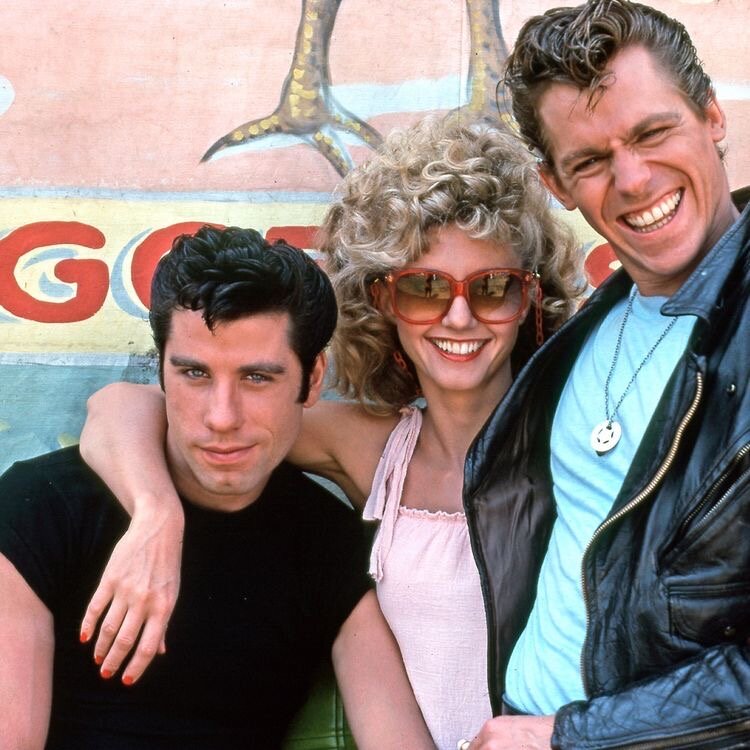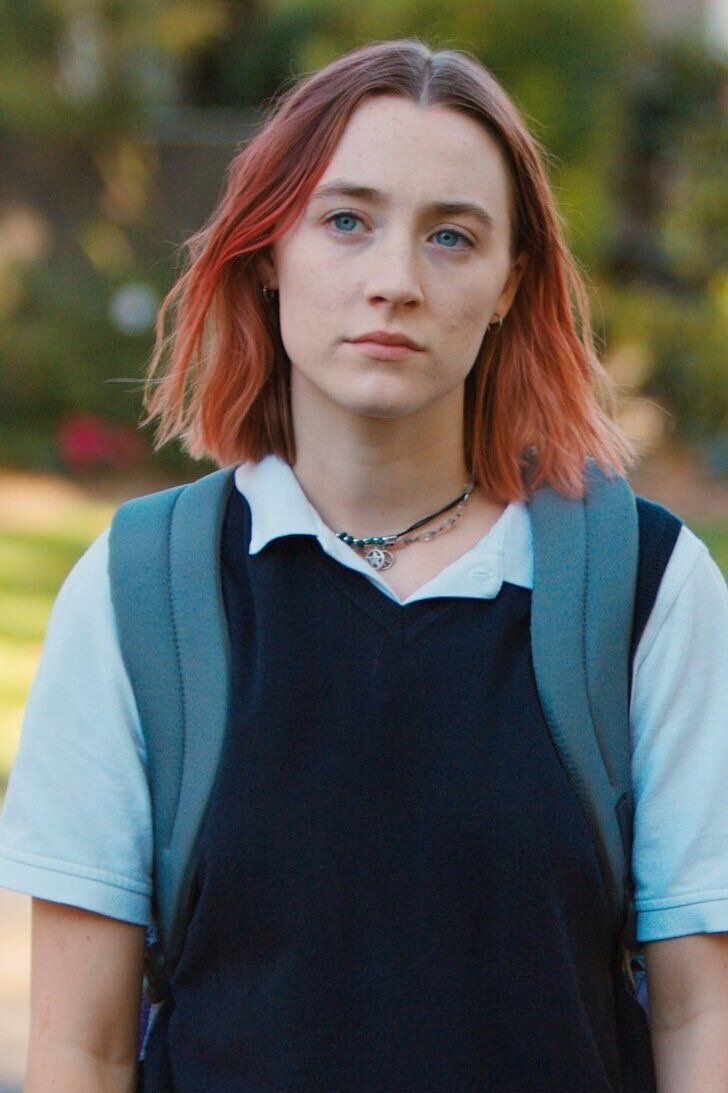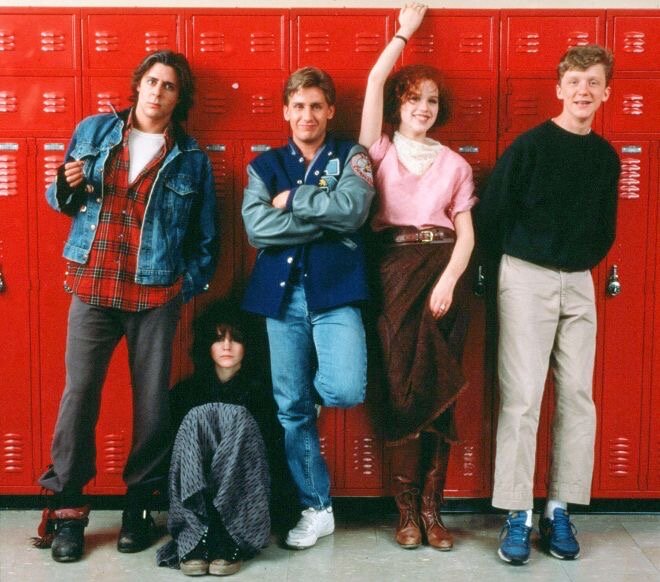Cheating the Age, Teenage misrepresentation in Film and TV
We all share the memories of the smell of the sweaty classroom on the final days before the summer break. The first awkward bra. New unexpected hairs growing on the body. The changing of our skin and the first clumsy kisses.
It is the most effervescent and confusing period in everyone’s life…being a teenager.
This is probably why teen and coming-of-age movies are among the favourite genres in film and TV. We can all relate to them, like it or not. The industry also relies on teenagers as its most loyal audience group - BFI Audiences statistics (2017) reported that cinema-goers under 18 outnumber older adults 3 to 1.
So when we realise that our favourite teen characters in movies and TV series are actually played by much older actors, it understandably comes with a sense of betrayal.
John Travolta was 24 when acting in Grease (1978), where he was meant to be in high school. In The Breakfast Club (1985), the rebellious John Bender (who was meant to be 16 years old) was played by Judd Nelson, who at the time was 25. A VICE statistic research article “Inside the Phenomenon of Grown Adults Playing Teenagers on TV” (2017), shows how on some TV programmes such as Glee, Riverdale or Buffy the Vampire Slayer, the age gap between the actors and the characters they’re playing is an average of 8+ years.
And the list goes on… Pretty Little Liars main cast is aged 20-24. Blake Lively was 20 and Leighton Meester 21 years-old at the beginning of Gossip Girl. Our beloved Regina George in Mean Girls was played by a 25-year-old Rachel McAdams. The O.C.’s Ryan and Seth, were respectively 24 and 23 in the first episode.
Why are such a huge portion of on-screen teens are played by actors in they 20s? The answer is not as scandalous as one could imagine.
Shooting with underage actors entails serious production restrictions. "It's all because of the labor laws. The number of hours that children are allowed to work are highly restricted, which limits the amount of time that producers can actually have adolescents on set”, Todd Thaler (casting director on Billy Madison, Because of Winn Dixie, and Maid in Manhattan) explains to VICE. Within those hours also meals, rest and education are included. In addition, an actor who is a minor needs to have a chaperone on set, which is another crew member and, consequently, a further expense for the production. Therefore it comes with no surprise that the casting choices are often dictated by financial and logistical reasons.
But which are the implications of the misrepresentation of this age? Especially on the younger audience?
First of all, at one point in our lives we all might have been mean girls or clueless, but no one’s physical appearance looked like the ones on screen. I struggle to remember anyone in my high school with perfect hair, unblemished skin, and expensive fashion as Regina George, or even Cady Heron (Lindsay Loan), who is meant to be homely and plain.
In a time as pivotal as our teenage years, social comparison plays a tremendous role in the psychological and sociological development of the individual. With the flawless portrait of ‘teenagers’ on screen, this creates a false impression of teenage bodies and appearances, and can be extremely harmful and dissociative for the teen viewers.
Acne is a very interesting factor in this conversation as well. I remember reading about the panic that exploded in 2005 on Harry Potter And The Goblet Of Fire set, where all the cast suffered from teenage acne, but then the more make up they would apply to the teenagers’ faces, the more the spots increased. This affliction is most normal for teenagers, but the studio and their versions of “perfection” only made it worse.
This is why we should applaud the skin imperfections shown in Lady Bird by Greta Gerwig. It’s not just a matter of representing the drama and the chaos of those transformational years, it’s also the responsibility of respecting and accepting our characters exactly as they are, and therefore, ourselves as well, no matter our perceived ‘faults’.
A second thought needs to go to a wider and more dangerous problem of female representation on screen. But the problem goes both ways. Some films have 20-30 year old actors playing 16 years old characters, but it is also true that the same age discrepancy exists between older female characters and the actors that are younger who casted to play them. For example, Jennifer Lawrence often plays characters in their 30s, when she was still in her 20s, like in Silver Lining Playbook and Joy. Angelina Jolie in Alexander was supposed to be the mother of Colin Farrell, who in reality is just one year younger than her. And to go back to our absolute favourite movie, Mean Girl’s super dope mom was 33-year-old Amy Poehler, who was just 7 years older than Rachel McAdams, who was playing her daughter.
This lack of truth about portrayal of accurate ages of women on screen not only contributes to the discrimination of female actors who don’t belong to that age group, but it also perpetuates a stereotypical, false representation of women: ageless and one-dimensional. This not only can be harmful for impressional and budding teenagers, but also creates an unrealistic expectations of what women who are getting older should look like.
The general trend seems to be improving and actors are being cast more appropriately to their ages, but we hope to see a continuing change in casting to better represent and reflect accurate ages on screen, especially for women.
Front cover photo courtesy of Happy Socks/ Pauline Suzor










